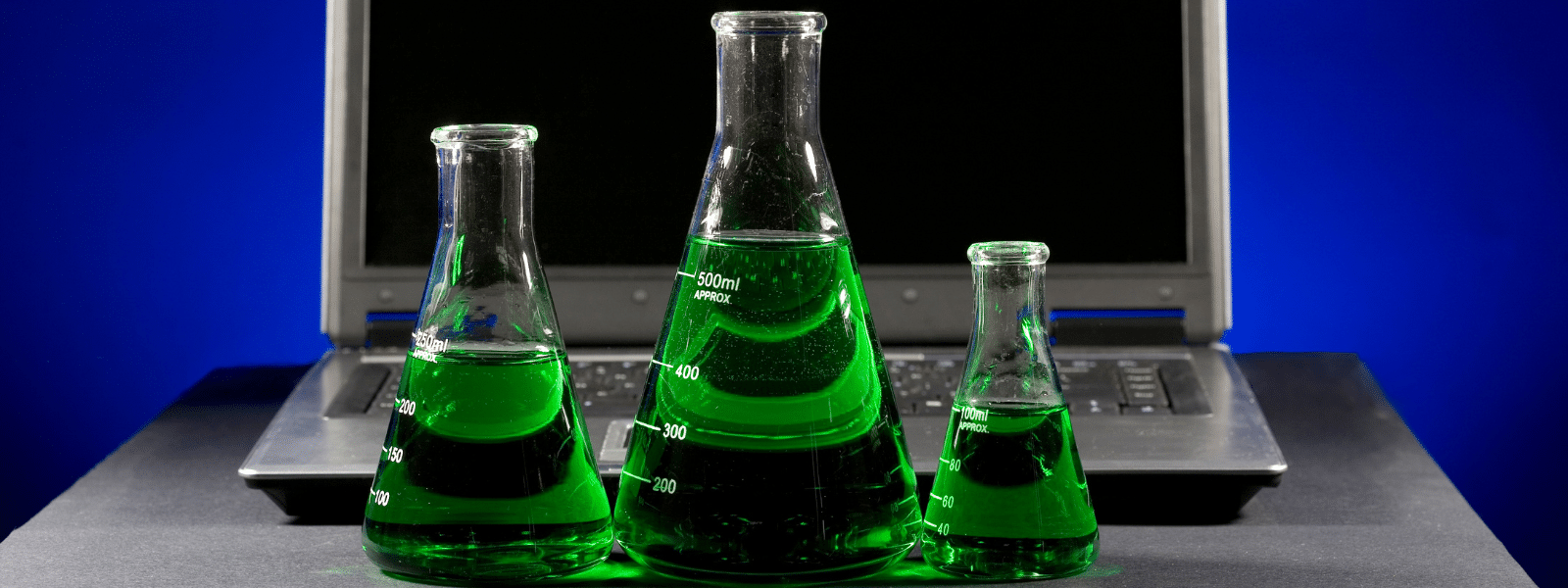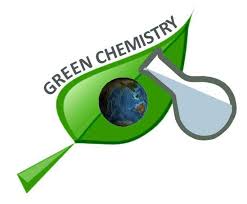The color green is sometimes associated with unflattering qualities, such as envy or greed. However, thanks to the green movement, it is now often related to the environment- specifically, protecting the environment and making it safer for both humans and wildlife....







